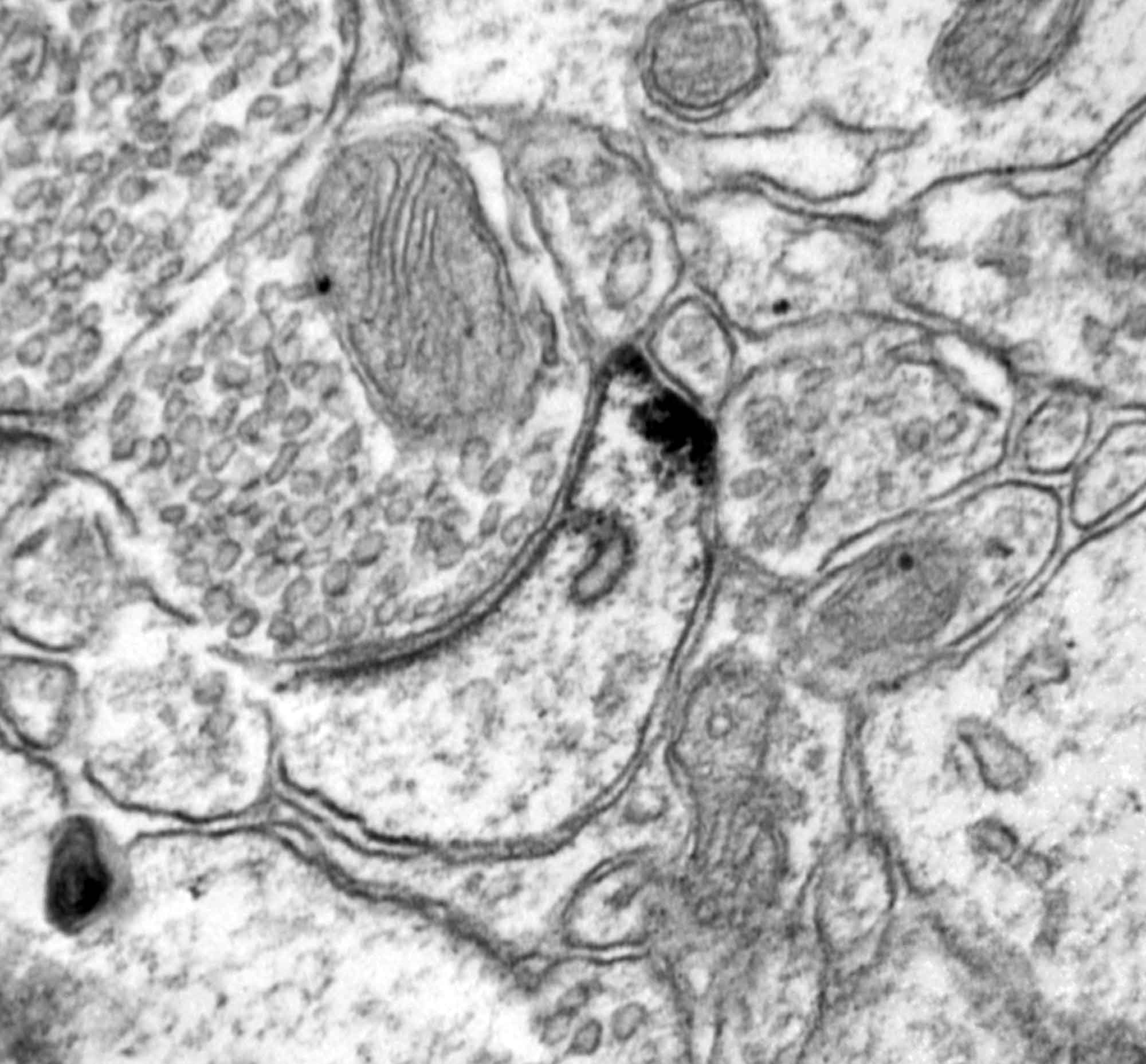Project Background
A critical step in monoamine signaling is the clearance of released transmitter from the extracellular space, which limits the duration and physical spread of the signal. Previous studies of monoamine clearance have focused almost exclusively on the presynaptic serotonin (SERT), norepinephrine (NET) and dopamine (DAT) transporters. However, we have recently demonstrated the expression and function of a largely uncharacterized monoamine clearance mechanism, organic cation transporter 3 (OCT3), in cortical and limbic brain regions, including prefrontal cortex, amygdala and striatum. OCT3 is a high-capacity monoamine transporter that is directly inhibited by the stress hormone corticosterone. The expression of a high-capacity, corticosterone-sensitive monoamine transporter has obvious implications for regulation of dopamine signaling under both basal and stress conditions. However, generating hypotheses concerning the potential contribution of OCT3 to the regulation of monoaminergic neurotransmission in these areas requires fundamental information about the expression of OCT3. In collaboration with Dr. Virginia Pickel, at Weill Cornell Medical College, we are working to provide missing information about the cellular and subcellular localization of OCT3 within limbic and cortical brain regions.
Relevant Lab Publications
Gasser PJ, Hurley MM, Chan J, Pickel VM. (2016) Organic Cation Transporter 3 (OCT3) is targeted to intracellular and surface membranes in select glial and neuronal cells within the lateral amygdaloid complex of both rats and mice. Brain Structure and Function. http://rdcu.be/kwtB
Hill JE and Gasser PJ (2013) Organic cation transporter 3 is densely expressed in the intercalated cell groups of the amygdala: Anatomical evidence for a stress hormone-sensitive dopamine clearance system. J Chem Neuroanat 52: 36-43.
Gasser PJ, Orchinik M, Raju I, Lowry CA (2009) Distribution of organic cation transporter 3, a corticosterone-sensitive monoamine transporter, in the rat brain. J Comp Neurol 512 (4): 529-555.
